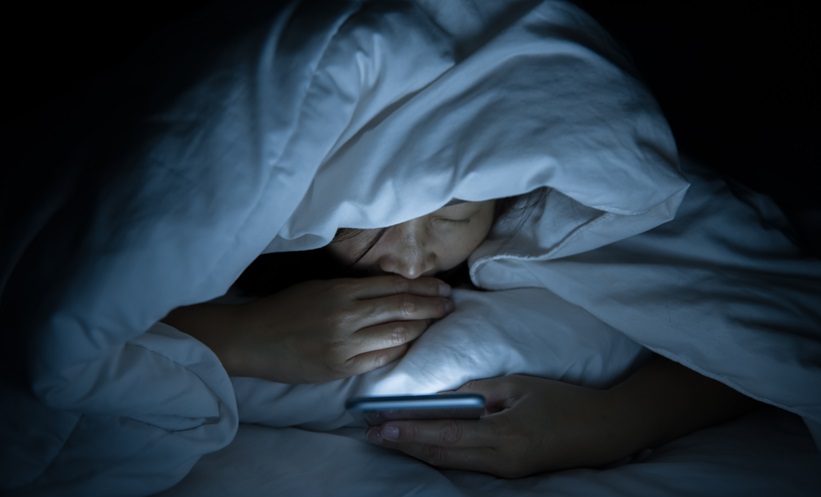NEW research reveals that exposure to light at night significantly increases the risk of cardiovascular diseases, including heart failure and stroke, even when traditional risk factors are accounted for.
How Light at Night Affects Heart Health
Exposure to artificial light at night disrupts the body’s circadian rhythm, affecting blood pressure, metabolism, and cardiovascular regulation. Previous studies have linked circadian disruption to poor sleep and metabolic disease, but its association with heart conditions has been less clear. This latest UK Biobank study provides strong evidence that excessive light at night is not only a nuisance for sleep but also a measurable cardiovascular risk factor. The researchers suggest that even small amounts of night-time light exposure could contribute to long-term heart health problems.
Large-Scale Study Tracks Night Light and Disease Risk
The study followed 88,905 adults aged over 40 years for an average of 9.5 years, collecting around 13 million hours of personal light exposure data using wrist-worn sensors. Participants were divided into quartiles based on night light exposure, ranging from the darkest (0–50th percentile) to the brightest (91st–100th percentile).
Compared with those in the darkest category, individuals exposed to the brightest light at night faced notably higher risks: coronary artery disease (adjusted HR 1.32; 95% CI, 1.18–1.46), myocardial infarction (HR 1.47; 95% CI, 1.26–1.71), heart failure (HR 1.56; 95% CI, 1.34–1.81), atrial fibrillation (HR 1.32; 95% CI, 1.18–1.46), and stroke (HR 1.28; 95% CI, 1.06–1.55). These links remained significant even after adjusting for physical activity, smoking, alcohol, diet, sleep, socioeconomic status, and genetic factors. Stronger associations were observed among women and younger individuals, suggesting potential age and sex differences in sensitivity to night-time light exposure.
Implications For Prevention and Future Research
The findings position light at night as an important and modifiable cardiovascular risk factor. Researchers recommend limiting night-time light exposure, especially from digital devices and artificial sources, as part of heart-healthy lifestyle advice. While further studies are needed to explore causal mechanisms and test lighting interventions, clinicians may soon consider light exposure patterns in cardiovascular risk assessments.
Reference
Windred DP et al. Light Exposure at night and cardiovascular disease incidence. JAMA Netw Open. 2025;8(10):e2539031.








